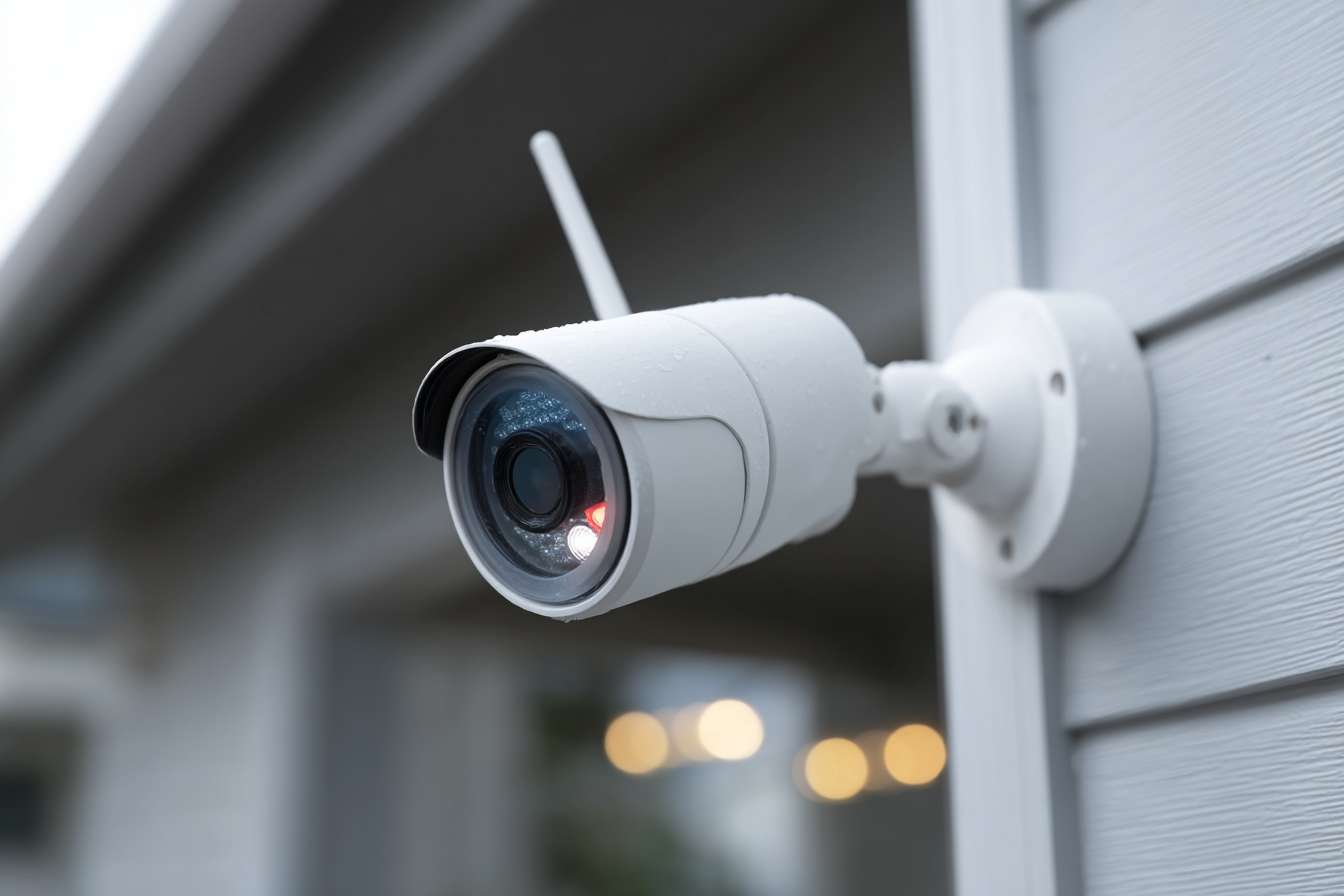Exploring Smart Home Security Solutions for 2025: Affordable Options to Consider
With advancements in smart home security, there are now more options than ever to secure your home. This guide covers available solutions in the UK for 2025, helping you understand the features and costs of various systems to find the best fit for your needs.

The landscape of home security has transformed significantly over the past decade, with smart technology making advanced protection systems more accessible than ever before. Modern security solutions integrate seamlessly with existing home networks, offering remote monitoring capabilities and intelligent alerts that keep homeowners connected to their properties regardless of location.
Understanding Smart Home Security Options Available Today
Today’s smart security systems encompass a wide range of devices and technologies designed to protect homes from multiple angles. Video doorbells have become increasingly popular, allowing homeowners to see and communicate with visitors remotely. Motion sensors, window and door sensors, and smart locks work together to create comprehensive perimeter protection. Many systems now incorporate artificial intelligence to distinguish between legitimate threats and false alarms, such as pets moving through the house or delivery personnel approaching the door.
Wireless technology has eliminated many installation barriers, allowing homeowners to set up sophisticated systems without extensive rewiring. Cloud storage options ensure that security footage remains accessible even if local devices are compromised, while smartphone applications provide real-time monitoring and control capabilities.
Understanding the Costs of Smart Home Installation
The financial investment required for smart home security varies considerably based on system complexity and coverage area. Basic starter kits typically include essential components like a central hub, door sensors, and a camera, while comprehensive systems may incorporate multiple cameras, smart locks, environmental sensors, and professional monitoring services.
Installation costs depend largely on whether homeowners choose self-installation or professional setup. Many modern systems are designed for DIY installation, potentially saving hundreds of pounds in professional fees. However, complex installations involving hardwired cameras or integration with existing security infrastructure may require professional expertise.
| System Type | Provider | Cost Estimation |
|---|---|---|
| Basic DIY Kit | Ring | £150-£300 |
| Mid-Range System | Arlo | £300-£600 |
| Professional Installation | ADT | £500-£1,200 |
| Comprehensive Smart System | Yale | £400-£800 |
| Wireless Camera System | Nest | £200-£500 |
Prices, rates, or cost estimates mentioned in this article are based on the latest available information but may change over time. Independent research is advised before making financial decisions.
Features of the Latest Security Systems
Contemporary security systems offer features that extend far beyond traditional alarm functionality. Two-way audio communication allows homeowners to speak directly with visitors or potential intruders through connected devices. Advanced motion detection can differentiate between humans, animals, and vehicles, reducing false alarms significantly.
Many systems now include environmental monitoring capabilities, detecting smoke, carbon monoxide, or water leaks alongside security threats. Geofencing technology automatically arms or disarms systems based on the homeowner’s location, while facial recognition can identify family members and frequent visitors. Integration with smart home ecosystems allows security devices to trigger lighting, heating, or other connected systems when activated.
Finding the Right Security System for Your Budget
Selecting an appropriate security system requires balancing desired features with available budget. Entry-level systems focus on essential protection elements like door and window monitoring, basic cameras, and smartphone alerts. These systems typically offer excellent value for smaller properties or apartments.
Mid-range options expand coverage with additional cameras, smart locks, and enhanced mobile applications. Premium systems include professional monitoring services, advanced AI features, and integration with comprehensive smart home platforms. Consider ongoing costs such as cloud storage subscriptions, monitoring fees, and potential equipment replacement when evaluating total ownership expenses.
How to Choose the Right Security Solution in 2025
Successful security system selection begins with assessing specific property vulnerabilities and protection priorities. Larger homes may require multiple cameras and sensors, while apartments might focus on entry point monitoring and portable devices. Consider lifestyle factors such as travel frequency, family size, and technical comfort levels when evaluating system complexity.
Compatibility with existing smart home devices can influence system selection, particularly for homeowners already invested in specific ecosystems like Amazon Alexa or Google Home. Professional monitoring services provide additional peace of mind but increase ongoing costs, while self-monitoring systems offer greater control and lower expenses.
Future expansion possibilities should also factor into decision-making. Systems that allow gradual component addition provide flexibility as security needs evolve or budgets permit upgrades. Research manufacturer support policies and warranty terms to ensure long-term system viability.
Smart home security technology continues advancing rapidly, making 2025 an excellent time to invest in comprehensive protection systems. Whether prioritising budget-friendly options or seeking cutting-edge features, today’s market offers solutions suitable for virtually every home and security requirement.




